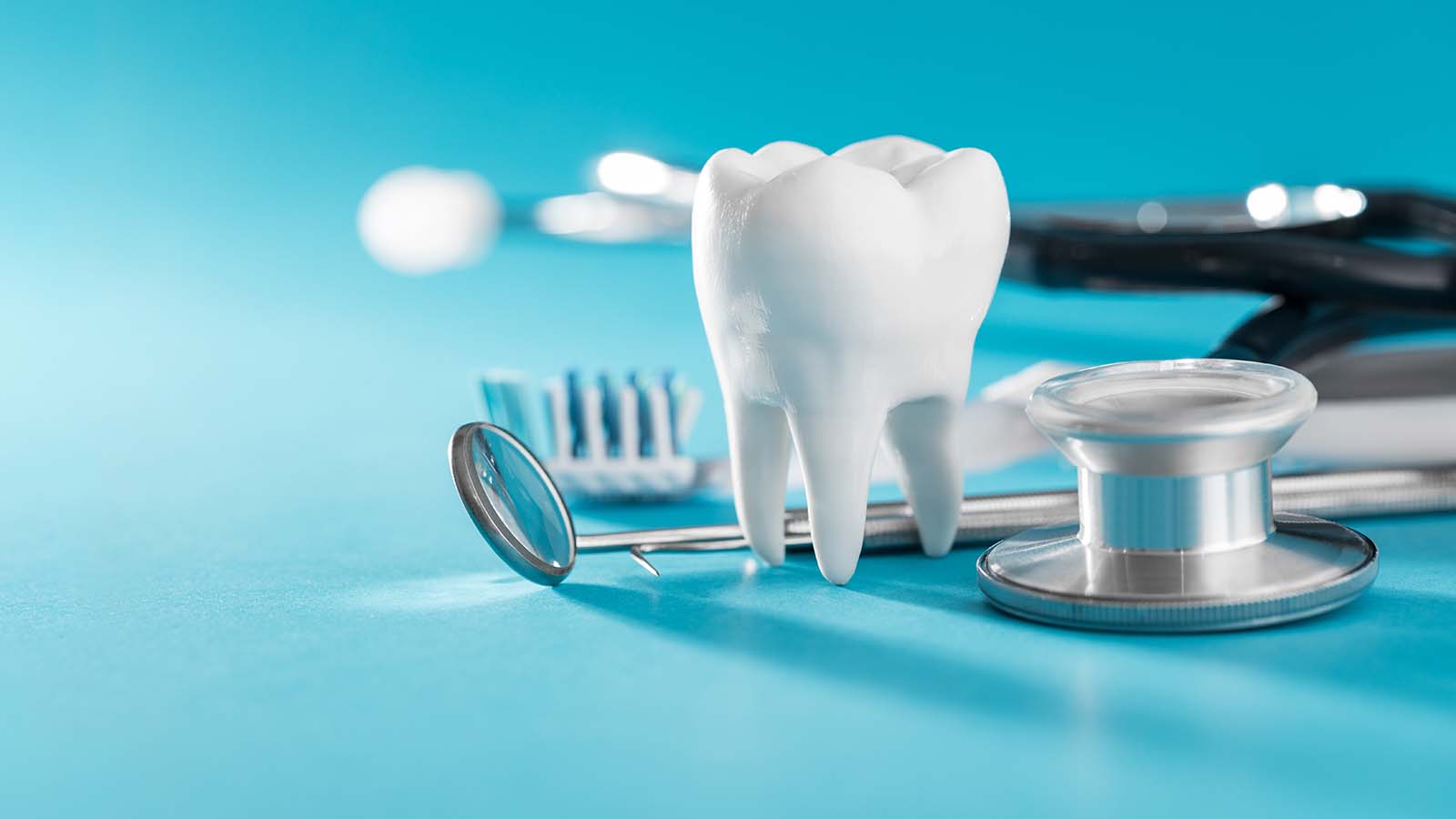Editor’s note: “7 Dental Stocks to Buy for Long-Term Gains” was previously published in June 2020. It has since been updated to include the most relevant information available.
A recent article from the Canadian Broadcasting Corporation, otherwise known as the CBC, suggested that dentists have been flocking to fire and safety equipment businesses to secure industrial masks for use upon clinic reopenings. While most investors during the novel coronavirus haven’t thought much about dental stocks to buy, over the long haul, they make excellent investments.
Jefferies analysts from the U.S. and elsewhere recently published a report entitled, “Global Healthcare post COVID: Who Benefits?” It looks at the trends shaping healthcare after the pandemic is over. Some of the industry winners include technology and diagnostic testing firms, while companies selling to dentists aren’t expected to do well as people continue to avoid busy offices.
While it’s possible that there will be a reduced demand for dental services in the near term, over the long haul, healthy teeth are almost as important as a healthy heart or healthy mind.
Year to date through June 1, medical distribution stocks have a total return of 9.4%. Meanwhile, dental stocks such as Henry Schein (NASDAQ:HSIC), which are in a sub-sector of medical distribution, are down significantly in 2020.
I might be a contrarian based on the analysts’ findings, but I believe the good times will return and when they do, these will be the dental stocks to buy. Now’s the time to buy while they’re out of fashion.
- Henry Schein (NASDAQ:HSIC)
- 3D Systems (NYSE:DDD)
- Dentsply Sirona (NASDAQ:XRAY)
- Patterson Companies (NASDAQ:PDCO)
- Procter & Gamble (NYSE:PG)
- SmileDirectClub (NASDAQ:SDC)
- Envista Holdings (NYSE:NVST)
Here are my seven selections. All of them are down or close to being down on the year.
Dental Stocks to Buy: Henry Schein (HSIC)
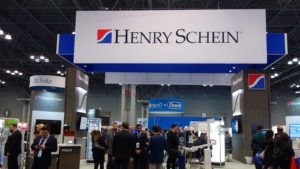
Henry Schein reported first-quarter 2020 results on May 5. It beat analyst estimates on both the top and bottom line. In terms of sales, the wholesaler of dental and medical products had revenues of $2.4 billion, 4.9% better than the consensus estimate and 2.9% higher than a year earlier.
As for earnings, its continuing operations generated 94 cents a share in the quarter, 28.8% higher than analyst expectations and 17.5% higher than a year earlier.
However, like many businesses, once Covid-19 took hold, its business wilted.
“The COVID-19 pandemic has had a significant impact on our worldwide results for the month of March, and continues to impact our Dental business, in particular, as many dental practices are closed except for emergency procedures,” Henry Schein CEO Stanley Bergman said in early May.
I think investors can expect its second quarter to be even worse. However, with $1.7 billion in liquidity to cope with lower sales and earnings, it’s going to be just fine. I’d wait for HSIC stock to fall below $20 before buying shares, but do buy for the long haul.
Dentists never go out of demand.
3D Systems (DDD)
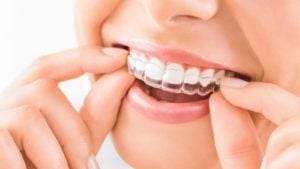
Compared to the entire U.S. market, 3D Systems’ stock performance has not had a good go of it in recent years. But, like a lot of things in life, a watched pot never boils. If you own 3D stock, you’ve got to be patient.
Why? It has a new CEO in Jeffrey Graves, who started his new job on May 26, after eight years as CEO of MTS Systems (NASDAQ:MTSC), a company that specializes in test systems and position sensors.
Unfortunately for Graves, 3D has had four chief financial officers in five years. When you’re the CEO of a public company, you’ve got to have a CFO who understands the markets. Thankfully, interim CFO Wayne Pensky was CFO of Hexcel (NYSE:HXL) for 10 years before retiring in 2017. Graves recruited him on a temporary basis because the CEO serves on Hexcel’s board.
3D Systems manufactures 3D printers in all kinds of industries, including dental. During Covid-19, the company’s dental customers have been repurposing dental Figure 4 printers to 3D print nasal swabs. A test demonstrated that its printer could produce 18,000 nasal swabs per week. If nothing else, it shows the company’s printers are very adaptable.
However, there is no question that Graves has his hands full. On four occasions in the past five years, DDD stock has traded below $20. It has traded above $20 on three occasions.
If you’re willing to take risks, the odds of hitting $20 for the fourth time in the future seem quite high given its history. Graves might be joining at the perfect time to make some money.
Dentsply Sirona (XRAY)
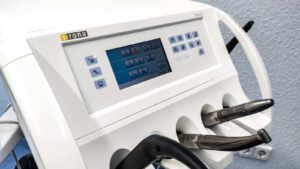
Go into any dentist’s office and you’ll see plenty of the company’s products as it’s one of the world’s largest manufacturers and suppliers of dental supplies and equipment.
It reported Q1 2020 results in early May that, while disappointing, were better than the consensus estimate. On the top line, it had sales of $874.3 million, almost $17 million higher than analyst expectations. On the bottom line, it had non-GAAP earnings of 43 cents, 5 cents better than the consensus.
Although its consumables segment had a rough first quarter due to Covid-19 — sales fell 16.8% — the company’s technologies and equipment segment managed to keep the sales decline to just 0.1% on the quarter. The segment’s sales accounted for 60% of its overall revenue.
From a valuation perspective, the company’s free cash flow for the trailing 12 months was $480 million. Based on an enterprise value of $11.7 billion, it has an FCF yield of 4.2%. While it might not be a value stock based on its yield (over 8% is considered value), you are getting its stock at a fair price based on its historical valuation multiples.
Patterson Companies (PDCO)

I include Patterson Companies’ stock, regardless of where it stands in terms of year-to-date performance because it has been such a big disappointment in the last decade.
If you bought $10,000 in the dental and animal health products distributor a decade ago, today you would have $9,219. That’s nothing compared to the $33,856 you’d have if you’d bought the entire U.S. stock market.
Reversion to the mean has got to visit this stock at some point in the future. Five years ago, it was trading at $50.
Sure, in 2015, Patterson had gross margins of 27%, 600 basis points higher than in 2019. And the same holds true for operating margins; it made $305 million in 2015 off of $3.9 billion in sales compared to $138 million in 2019 from $5.6 billion in sales.
As dental stocks go, this might be the riskiest of the seven, but also the safest because it’s had such a rough go the past decade. Anything but the worst possible news is likely to be ignored by investors.
Sometimes, that’s a good thing.
Procter & Gamble (PG)
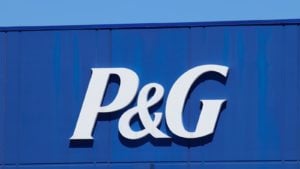
The maker of dental-related products such as Crest toothpaste, Oral B toothbrushes and Scope mouthwash, has had an up-and-down decade. Thankfully, its recent performance is making up for a poor performance early in the 2010s.
Down on the year, it could be the perfect time to buy PG stock on the dip. For those smart enough to buy below $100 during the March correction, all I can say is congratulations. You got a great price. PG stock last traded at $94 in January 2019.
It’s an excellent defensive stock.
The company delivered strong Q3 2020 results in April that included organic sales growth of 6% and currency-neutral core earnings growth of 15%. It even converted 113% of its income to free cash flow during the quarter.
In the trailing 12 months, it had free cash flow of $13.5 billion. Based on an enterprise value of $313.8 billion, it has an FCF yield of 4.3%.
That’s pretty darn good for a company that’s increased its dividend for 64 consecutive years. It’s not just an excellent dental stock to buy — it’s simply an outstanding stock to buy.
SmileDirectClub (SDC)
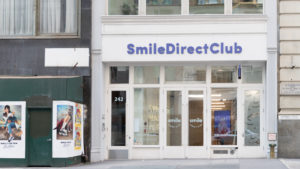
The provider of orthodontics products such as aligners, impression kits, whitening gel and retainers went public in September 2019 at $23 a share. It lost 27.5% in its first day of trading; it’s lost 65% from its IPO in just nine months.
Now it’s suing NBCUniversal for $2.8 billion, arguing that the network’s Nightly News program made “more than 40 false and misleading statements” in its Feb. 13 episode of the news program. The result: SDC stock lost almost a billion dollars in market capitalization on the news.
“NBC abused their trust by publishing reports about SDC that were littered with false and misleading statements. NBC’s misconduct not only financially injured SDC, but it also prevented patients from seeking the affordable treatment they need for their orthodontic problems and caused investors to lose millions, if not billions, of dollars,” stated J. Erik Connolly, the company’s lawyer in this lawsuit.
While the company’s latest earnings report was anything but stellar, the results have already been counted in its share price. Should the country fully reopen, its growth will reaccelerate.
The only caveat: It still doesn’t make money. However, for risk-taking investors, SDC stock could be the best in this bunch of dental stocks.
Envista Holdings (NVST)
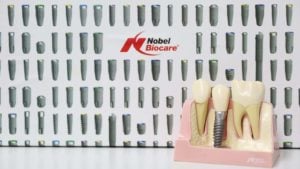
Envista Holdings went public six days after SmileDirectClub at $22 a share. Although it gained 27% on its first day of trading, it too is down from its IPO price.
Spun off by Danaher (NYSE:DHR), the industrial conglomerate completely separated itself from its former operating subsidiary in December by exchanging 127.9 million shares of Envista in return for 22.9 million shares of Danaher tendered by shareholders.
The provider of dental products under brands such as KaVo Kerr, Nobel Biocare Systems and Ormco, reported first-quarter results on May 12. Due to Covid-19, they weren’t very good with sales down 17.1% to $547.2 million while earnings fell 90.6% from 32 cents a year ago to 3 cents in the latest quarter.
All of the declines were due to the last three weeks of the quarter when sales and profits fell off a cliff due to Covid-19.
In the trailing 12 months, Envista had free cash flow of $270 million. Based on an enterprise value of $4.8 billion, it has an FCF yield of 5.7%, putting it in fair value territory, awfully close to being a value play.
Once the world fully reopens, expect Envista’s profits and sales to return.
Will Ashworth has written about investments full-time since 2008. Publications where he’s appeared include InvestorPlace, The Motley Fool Canada, Investopedia, Kiplinger, and several others in both the U.S. and Canada. He particularly enjoys creating model portfolios that stand the test of time. He lives in Halifax, Nova Scotia. At the time of this writing Will Ashworth did not hold a position in any of the aforementioned securities.
